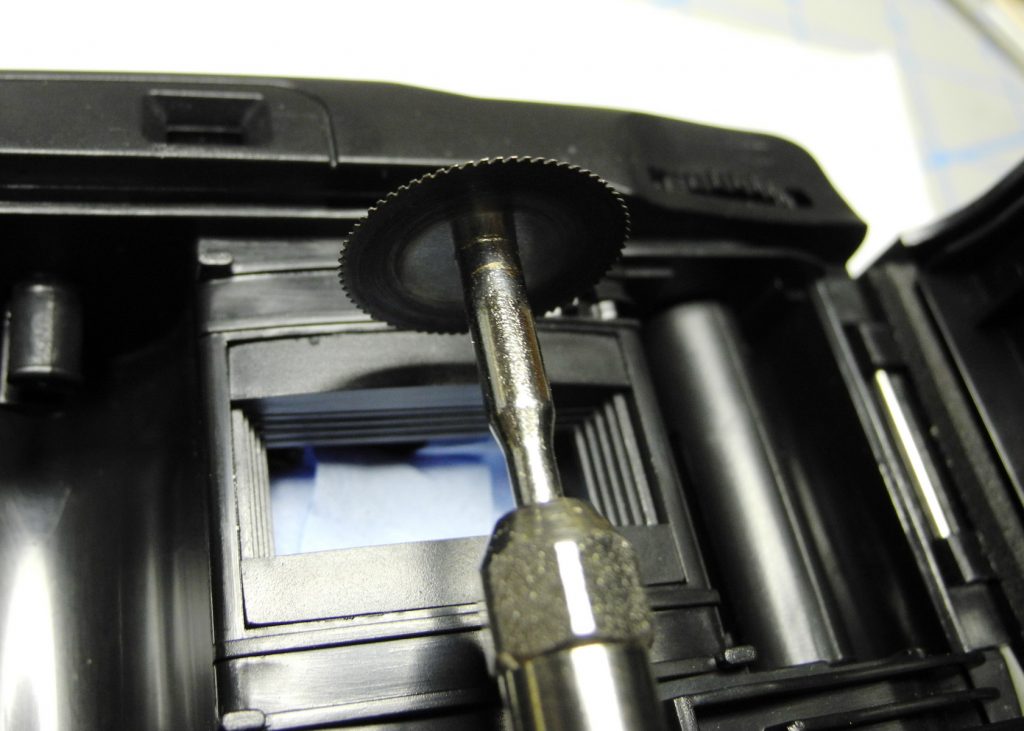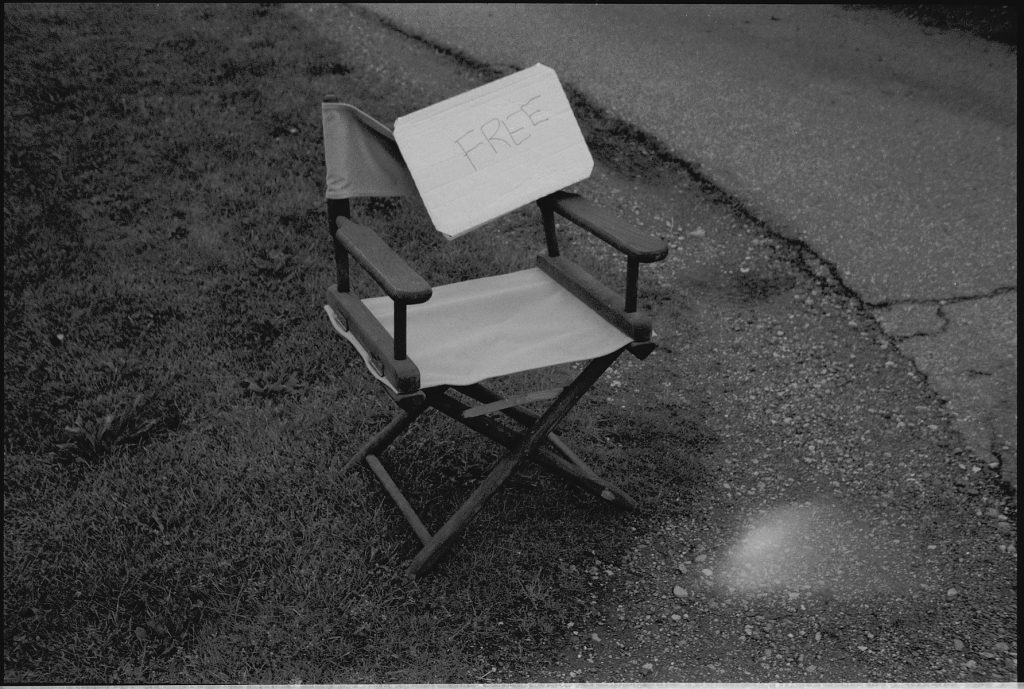4 cameras 1 roll
I wanted to test out four cameras but was not willing to commit to giving them each a roll of film so I opted to make them share a roll of Ilford HP5plus. I did this by taking a few shots with one camera then rewinding the roll then loading it into the next camera and advancing the film while covering the lens until it was past where I thought the last one had ended. I did this for all four camera’s providing them each with about 8 shots out of the 36 exposure roll. This worked well despite one of the cameras but I will get to that a little later.

Lets start with the second camera then. The Minolta Himatic F which has a four element 38mm f2.7 lens gave some good results.

The third camera was the Minolta Himatic C which is particularly interesting in the Himatic line due to its ability to collapse the lens into the camera body. The lens is a three element 40mm f2.7 lens. It is the collapsing lens though that is a weak link with this camera where it leaks some light in.

The final camera to share this roll of film was the Fujica Auto S which gets its own blog post but a quick summery would be it is cheaply made but exceeds its looks and as a bonus it doesn’t require a battery.
So getting back to the first camera. It was a plastic camera that purported to be panoramic. The panoramic image comes from just masking off some of the 35mm film frame but it did have a wide angle lens. So I decided to remove all the masking material and make it cover the entire film area.


Additionally I removed some superfluous metal weights intended to give the camera some gravitas.

Next up I gave it a coat of paint because I like yellow

Unfortunately it was all for naught because the results were horrific. The thing is that instead of having a normal pressure plate the film is slightly curved and so are a number of ridges that are intended to keep the film in position.

Well the film I used did a better job of recording those ridges than of what was in front of the camera.
I don’t think it was a light leak in the usual sense because it doesn’t impact the entire frame I think that the light made its way through the film and scattered on the back returning to re-expose the film some more. Oh well maybe one day I will put some sort of flocking there and try again…or not.


























